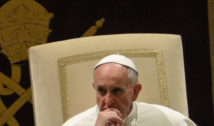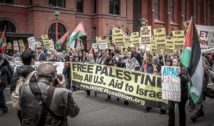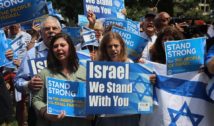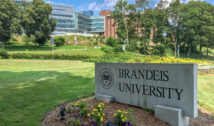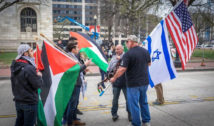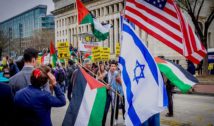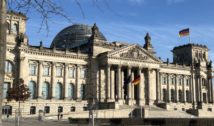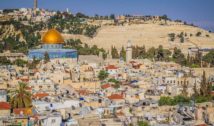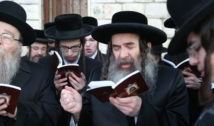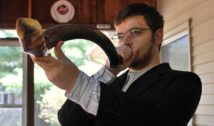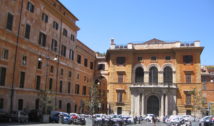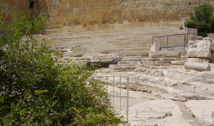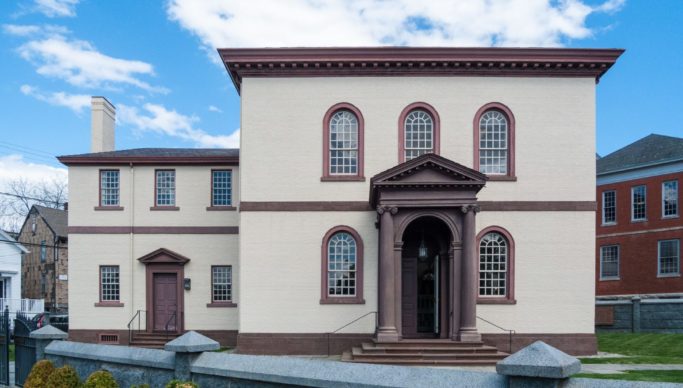
Houses of Worship: Touro Synagogue
- By Ash D --
- 12 Jan 2023 --
1677: Jewish diaspora is in Newport, Rhode Island. Families are arriving in Newport after long journeys beginning in Spain and Portugal, then onto Amsterdam or London before setting sail across the Atlantic to Brazil and the Caribbean. They are not citizens, they cannot vote or hold public office, but they are free from religious persecution and safe in Rhode Island. They realize they need land, a place for a proper Jewish burial ground, and purchase a plot of land, which today is the corner of Kay and Touro, and will become the home of the Touro Synagogue.
In the 18th century, Newport rose to prominence in shipping and mercantile trade. The Jewish people of Newport were entitled to full protection and the right to conduct business in Rhode Island from the work of Mordechai Campanal and Moses Pacheco, the very two who purchased the land for the synagogue, along with Abraham Burgos and Simon and Rachel Mendes. The Congregation Jeshuat Israel (Salvation of Israel) was growing and by 1758 needed a synagogue.
In 1759, the “Jews Synagogue” began construction. The congregation hired Peter Harrison, a Newport resident, to design the building. Harrison was both a merchant and sea captain, but was fascinated with architecture and studied many books on the subject, and had designed other structures before. Though Harrison had no background in the needs or requirements of such a facility, he used what he knew of Palladian architecture for its exterior and likely was assisted for the interior by Isaac Touro, the first religious leader for the congregation, who had traveled to synagogues throughout Europe. After Isaac Touro’s sons, Abraham and Judah, made bequests to the synagogue it was named the Touro Synagogue.
During the Revolutionary War, Isaac Touro stayed behind to care for the building, which was one of the few left standing by the British forces and was used as a hospital and public assembly hall. In August 1790, just months after Rhode Island ratified the Constitution and Rhode Island joined the United States, President George Washington visited Newport for an appearance to gain support for the new Bill of Rights. Moses Mendes Seixas, then president of Congregation Yeshuat Israel, sent a letter of welcome to the “Chief Magistrate,” to which the President responded in turn with an affirmation of religious liberty: “The citizens of the United States of America have a right to applaud themselves for having given to mankind examples of an enlarged and liberal policy—a policy worthy of imitation. All possess alike liberty of conscience and immunities of citizenship.
“It is now no more that toleration is spoken of as if it were the indulgence of one class of people that another enjoyed the exercise of their inherent natural rights, for, happily, the Government of the United States, which gives to bigotry no sanction, to persecution no assistance, requires only that they who live under its protection should demean themselves as good citizens in giving it on all occasions their effectual support.”




